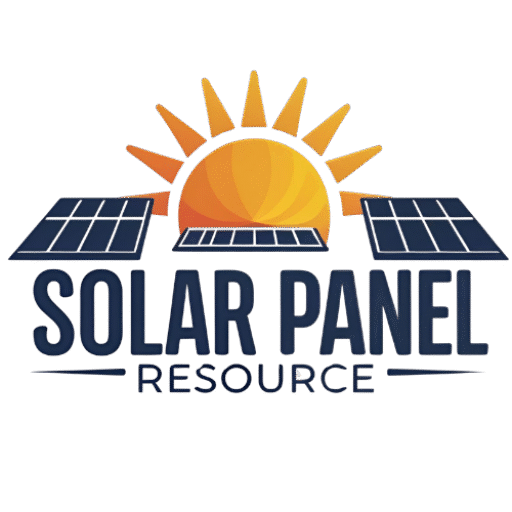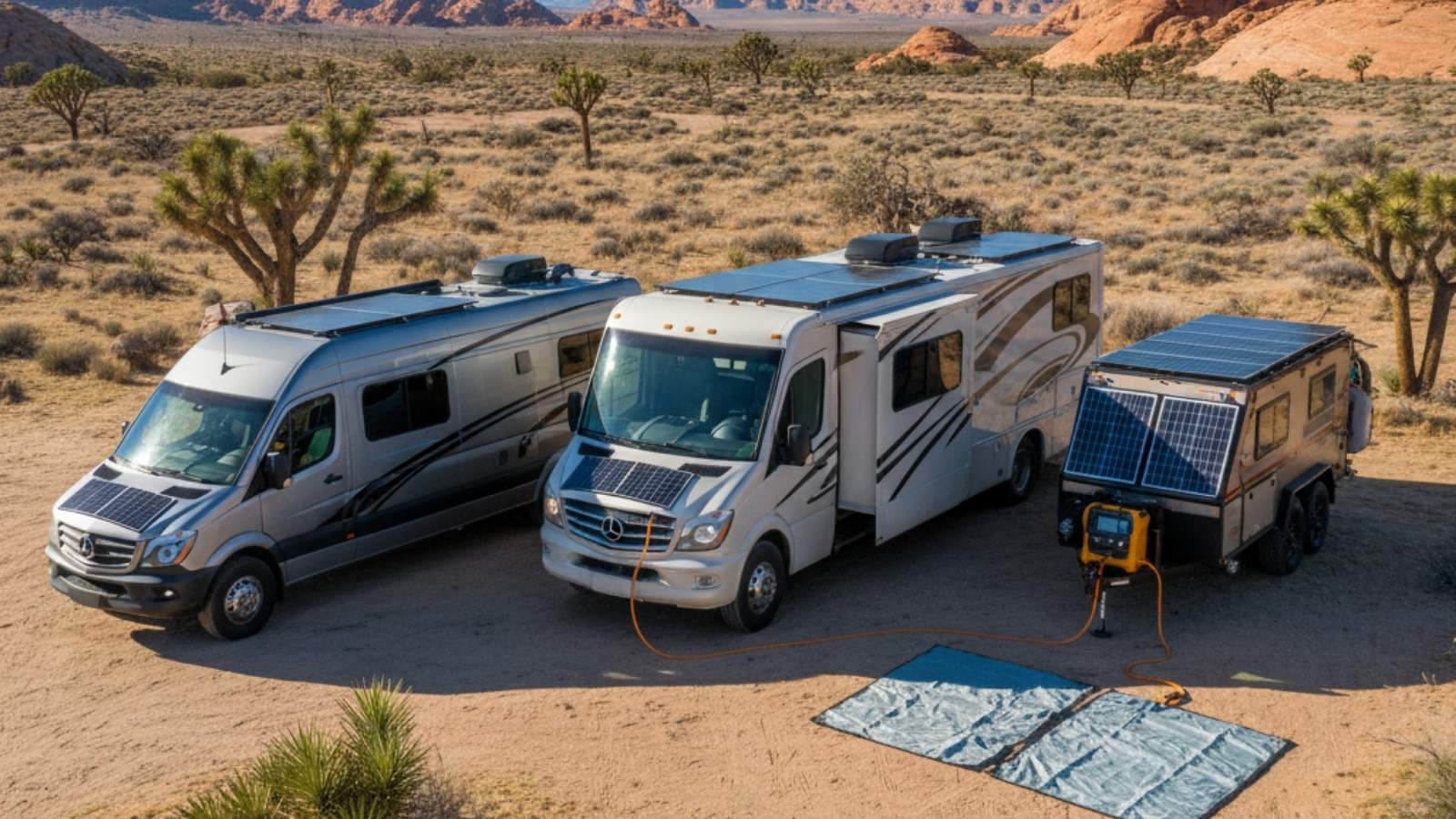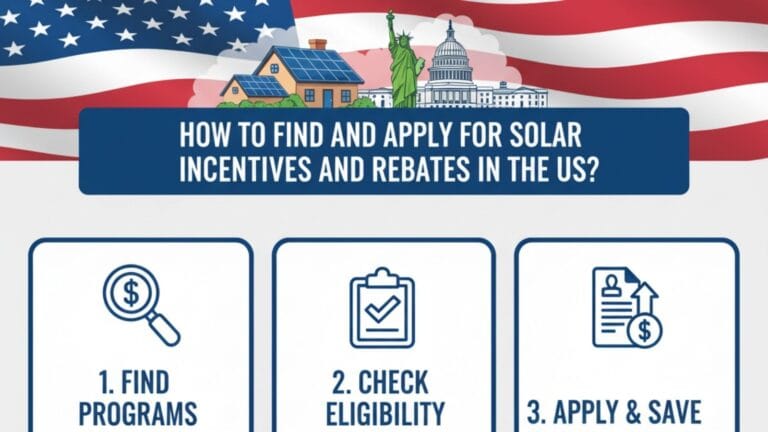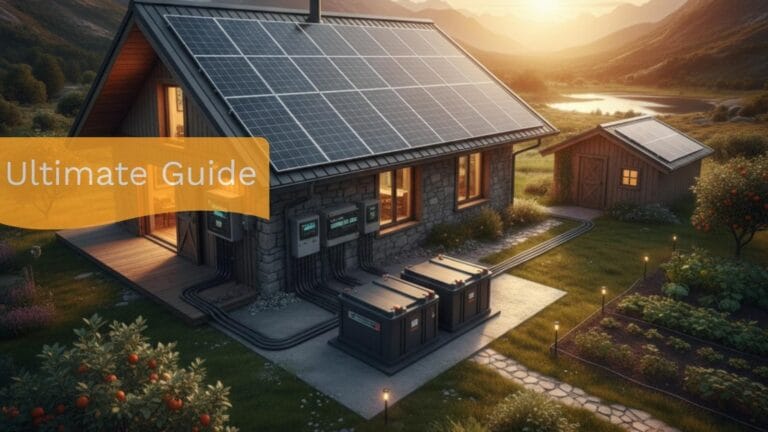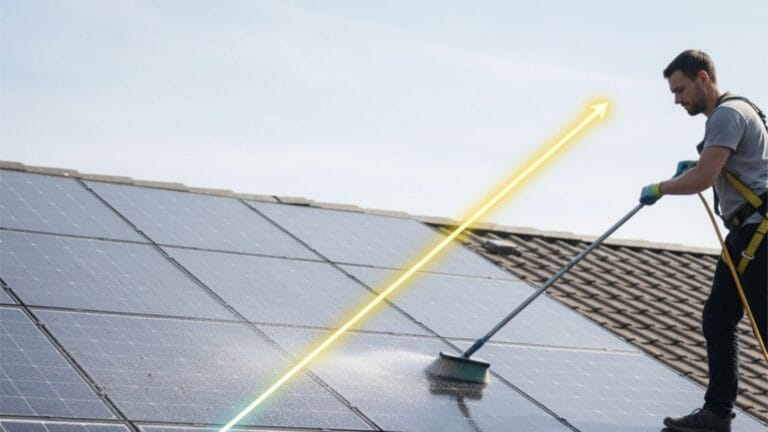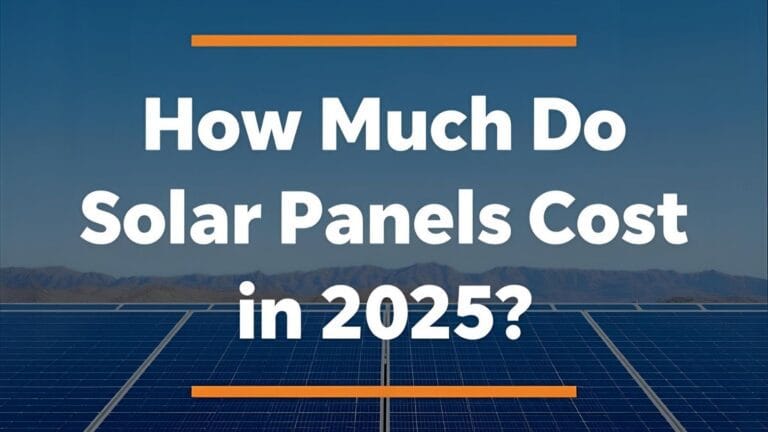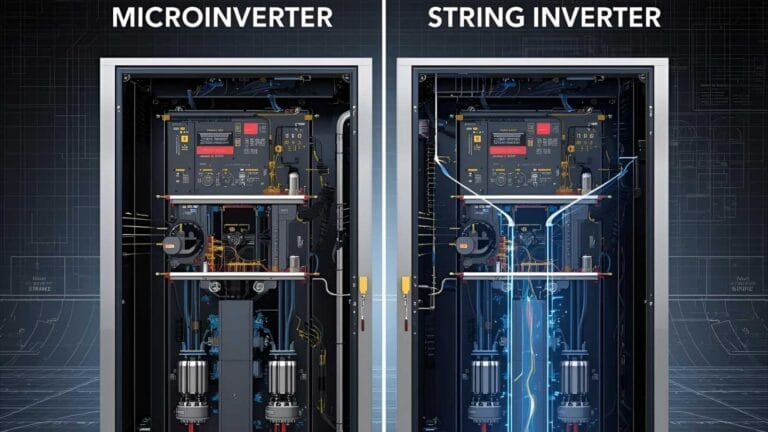The Best Solar Panels for RVs, Vans, and Mobile Living in 2025
For the modern nomad, freedom is the ultimate currency. The ability to power your life from anywhere—a remote mountain pass, a secluded beach, or a bustling city center—is the final frontier of mobile living. In 2025, the key to unlocking this untethered lifestyle is solar power. But with a dizzying array of options on the market, choosing the best solar panels for your RV, van, or camper can feel overwhelming.
This is more than just a purchase; it’s a critical investment in your energy independence. The right panels will quietly and reliably power your lights, refrigerator, laptops, and more, while the wrong choice can lead to frustrating power shortages and a system that fails to meet your needs. This guide is designed to cut through the noise, providing a clear, expert-driven analysis of the top solar panel technologies and what to look for when building your mobile power station.
We’ll dive deep into the differences between rigid and flexible panels, compare monocrystalline, polycrystalline, and thin-film technologies, and review the key factors—from efficiency to durability—that will determine the best RV solar panels for your specific adventure rig and travel style.
Understanding the Landscape: Types of Solar Panels for Mobile Use
Before you can pick the “best,” you need to understand your options. In the world of mobile solar, panels are primarily categorized by their physical structure and the type of solar cells they use. Each has distinct advantages and disadvantages that make them better suited for different applications.
Structural Showdown: Rigid vs. Flexible Solar Panels
This is the first major decision you’ll make. It affects not only performance and durability but also how the panels are installed on your vehicle.
Rigid Solar Panels: The Workhorse Standard
Rigid panels are the traditional, time-tested option. Composed of silicon cells encased in a sturdy aluminum frame under a sheet of tempered glass, they are the most common type of panel you’ll see on both houses and RVs.
- Pros:
- Higher Durability: The robust frame and tempered glass make them highly resistant to hail, tree branches, and the general wear and tear of the road.
- Longer Lifespan: Most rigid panels come with a 25-year performance warranty, showcasing their longevity.
- Better Heat Dissipation: They are typically mounted on brackets, creating an air gap between the panel and the RV roof. This airflow helps dissipate heat, which significantly improves panel efficiency and lifespan.
- Cost-Effective: On a dollar-per-watt basis, rigid panels are generally the most affordable option.
- Cons:
- Heavier and Bulkier: Their weight and size can be a limiting factor for smaller vans or vehicles with a low roof load capacity.
- Less Stealthy: They are more visible, which can be a concern for van lifers who prefer a more discreet “stealth camping” appearance.
Flexible Solar Panels: The Lightweight Contender
Flexible panels are a newer technology where thin silicon cells are bonded to a flexible plastic sheet. They are incredibly thin and can be bent to conform to curved surfaces, opening up new possibilities for installation.
- Pros:
- Extremely Lightweight: Often weighing 80% less than their rigid counterparts, they are perfect for pop-top campers, fiberglass roofs, or any vehicle where weight is a primary concern.
- Low-Profile and Stealthy: Many flexible panels can be glued or taped directly to the roof, creating a sleek, almost invisible look.
- Easier Installation (Theoretically): With no need for bulky brackets and drilling numerous holes, installation can be faster.
- Cons:
- Shorter Lifespan: Lacking the protective frame and glass, they are more susceptible to damage from impacts and UV exposure. Their lifespan is typically much shorter, often in the 3-8 year range.
- Lower Efficiency due to Heat: When mounted directly to the roof, there is no air gap for cooling. This heat buildup can significantly reduce their power output, especially on hot, sunny days.
Cell Technology Deep Dive: Monocrystalline vs. Polycrystalline
Within both rigid and flexible panels, the solar cells themselves come in different types. This is the engine of your panel, and the technology used directly impacts performance.
Monocrystalline Solar Panels: The Efficiency King
Monocrystalline cells are made from a single, pure crystal of silicon. This uniform structure, identifiable by its smooth black color, allows electrons to move more freely, resulting in higher efficiency.
- Highest Efficiency: Monocrystalline panels have the highest efficiency rates, typically ranging from 18% to over 23%. This means they produce more power per square foot, which is a massive advantage on the limited roof space of an RV or van.
- Better Performance in High Heat: They tend to have a better temperature coefficient, meaning they lose less performance as temperatures rise compared to polycrystalline panels.
- Longer Lifespan: The purity and stability of the single crystal structure contribute to their longevity.
For nearly all mobile applications, monocrystalline panels are the superior choice due to their space efficiency. Getting the most watts out of a small footprint is the name of the game in RV solar.
Polycrystalline Solar Panels: The Budget-Friendly Option
Polycrystalline cells are made by melting multiple silicon fragments together. This process is faster and cheaper, but the resulting crystal structure is not uniform, which impedes electron flow. They are recognizable by their blue, marbled appearance.
- Lower Cost: Their simpler manufacturing process makes them less expensive to produce.
- Lower Efficiency: Typical efficiency rates are between 15% and 17%. To get the same power output as a monocrystalline array, you would need a larger physical footprint.
While polycrystalline panels are great for large, stationary installations where space isn’t a concern, their lower efficiency makes them a poor choice for the constrained space of a vehicle roof.
Key Factors for Choosing the Best RV Solar Panels in 2025
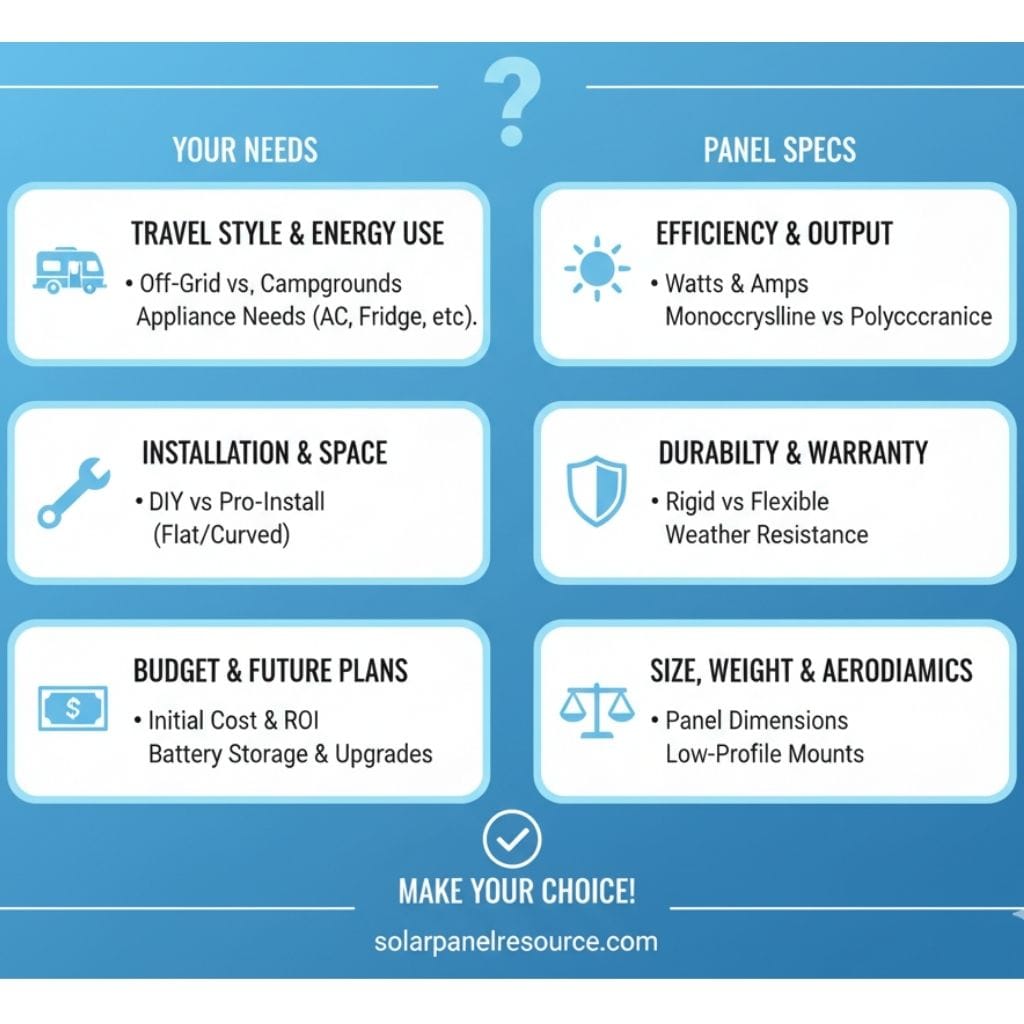
With a clear understanding of the technology, you can now evaluate panels based on the criteria that matter most for mobile living.
1. Power Output and Efficiency
This is the most critical metric. As mentioned, space is at a premium on an RV roof. A high-efficiency panel (look for 20% or higher) will maximize your power generation capacity. A 100-watt monocrystalline panel will be physically smaller than a 100-watt polycrystalline panel, allowing you to fit more total wattage on your roof.
2. Durability and Build Quality
Your panels will be subjected to constant vibration, extreme temperatures, wind, rain, and potential impacts from road debris or tree branches.
- For rigid panels, look for a sturdy, anodized aluminum frame and high-impact tempered glass. Check the junction box on the back; it should be well-sealed with a high IP rating (IP67 or IP68) to protect against water and dust ingress.
3. Physical Size and Weight
Before you buy, get on your roof with a tape measure. Map out your available, unshaded space, accounting for vents, air conditioners, and antennas. Compare the dimensions of potential panels to your layout. For larger RVs, standard 100W or 200W rigid panels are great. For curved van roofs or pop-tops, narrow flexible panels or smaller “slim” rigid panels might be the only option.
4. Temperature Coefficient
Solar panels lose efficiency as they get hotter. The temperature coefficient tells you how much. It’s listed as a percentage per degree Celsius (%/°C). A lower number is better. For example, a coefficient of -0.3%/°C means the panel loses 0.3% of its power for every degree Celsius above the standard test condition of 25°C. This is a crucial factor, as a dark RV roof can get extremely hot in the summer sun.
5. Warranty
A strong warranty is a sign of a manufacturer’s confidence in their product. For rigid panels, look for a 25-year performance warranty (guaranteeing a certain percentage of output after 25 years) and a 10-15 year product warranty (covering defects in materials). Flexible panel warranties are much shorter, often 1-5 years, which reflects their shorter expected lifespan.
Top Recommendations & Brands for 2025
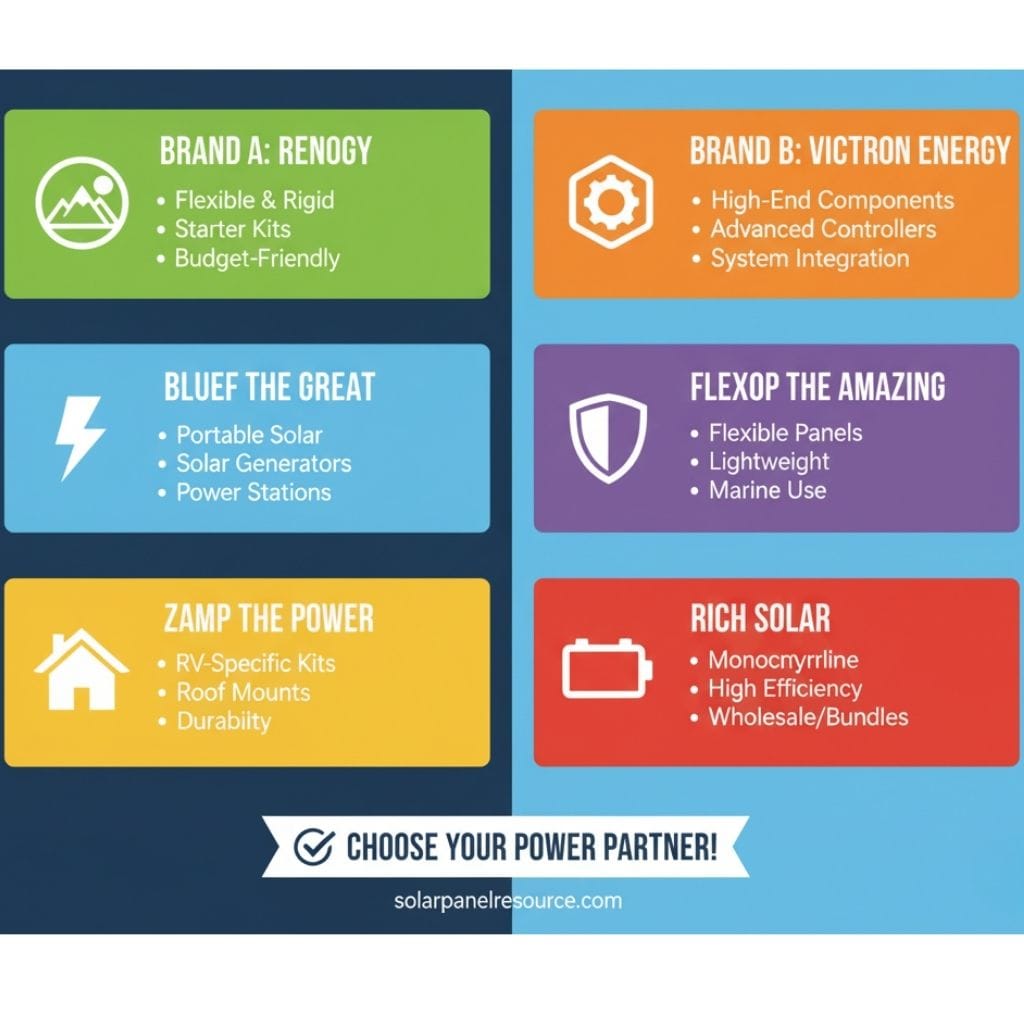
While specific models change, certain brands have consistently proven their quality and reliability in the mobile solar community. When shopping, consider these reputable names as a starting point.
- Renogy: Perhaps the most popular brand in the DIY RV solar space, Renogy offers a wide range of high-quality rigid and flexible monocrystalline panels, kits, and components. They provide a great balance of performance and price.
The Verdict: What Are the Best Panels for *Your* Build?
There is no single “best” panel, only the best panel for your specific needs. The U.S. Department of Energy’s Solar Energy Technologies Office highlights the falling costs and rising efficiency of solar cells, confirming that now is an excellent time to invest. Here is our expert recommendation based on different user scenarios:
For the Full-Time RVer or Van Lifer Needing Maximum Power:
Go with high-efficiency rigid monocrystalline panels. The combination of durability, a 25-year lifespan, and superior heat dissipation provides the most reliable and highest long-term power output. The cost savings and longevity far outweigh the benefits of flexible panels for a serious off-grid setup.
For the “Stealth” Van Camper or Vehicle with a Curved Roof:
If a low profile is non-negotiable or your roof is curved, high-quality flexible monocrystalline panels with an ETFE coating are your best bet. Acknowledge their shorter lifespan and potential for heat-related performance loss, and compensate by slightly oversizing your solar array if possible.
For the Weekend Warrior with a Pop-Top Camper:
Weight is the primary concern here. A lightweight flexible panel or a portable solar suitcase is the ideal solution. A portable suitcase gives you the flexibility to park in the shade while placing your panels in the sun, and it requires no permanent installation.
Your Investment in Freedom
Choosing the best solar panels for your RV is the foundational step in building a reliable mobile power system. By prioritizing high-efficiency monocrystalline cells, you will maximize the limited real estate on your roof. For most users, the long-term durability, superior performance, and cost-effectiveness of rigid panels make them the clear winner for a full-time or serious part-time setup. Flexible panels serve an important niche but come with significant compromises in longevity and heat management.
Invest in quality panels from a reputable brand, and you are not just buying hardware; you are buying the freedom to explore, the peace of mind of reliable power, and the ability to stay off-grid for longer. That is an investment that will pay dividends in incredible experiences for years to come.

Solar Energy Enthusiast & Renewable Energy Researcher
Vural’s journey into solar energy began four years ago, driven by frequent power outages and high electricity bills at his own home. He has since gained hands-on experience with both personal and commercial solar projects. At solarpanelresource.com, Vural shares his real-world insights and in-depth research to guide homeowners and business owners on their own path to energy independence.
